Eric Dericquebourg
Generative models-based data labeling for deep networks regression: application to seed maturity estimation from UAV multispectral images
Aug 09, 2022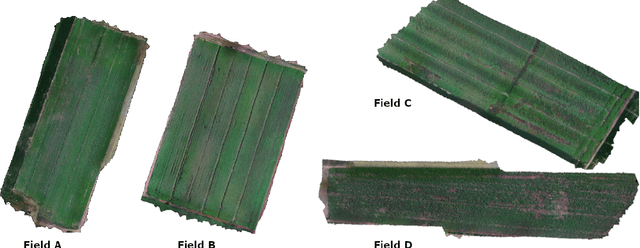
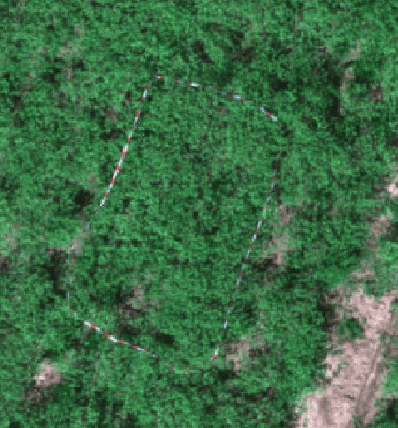
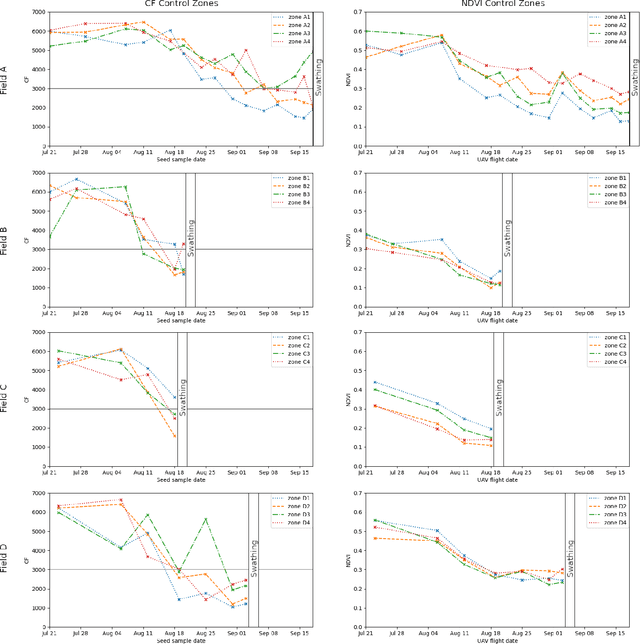
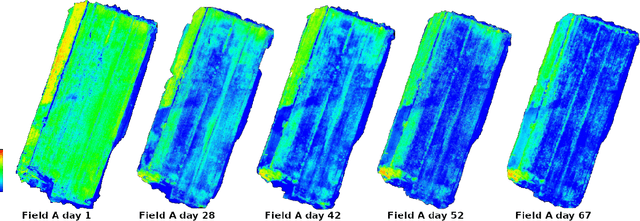
Abstract:Monitoring seed maturity is an increasing challenge in agriculture due to climate change and more restrictive practices. Seeds monitoring in the field is essential to optimize the farming process and to guarantee yield quality through high germination. Traditional methods are based on limited sampling in the field and analysis in laboratory. Moreover, they are time consuming and only allow monitoring sub-sections of the crop field. This leads to a lack of accuracy on the condition of the crop as a whole due to intra-field heterogeneities. Multispectral imagery by UAV allows uniform scan of fields and better capture of crop maturity information. On the other hand, deep learning methods have shown tremendous potential in estimating agronomic parameters, especially maturity. However, they require large labeled datasets. Although large sets of aerial images are available, labeling them with ground truth is a tedious, if not impossible task. In this paper, we propose a method for estimating parsley seed maturity using multispectral UAV imagery, with a new approach for automatic data labeling. This approach is based on parametric and non-parametric models to provide weak labels. We also consider the data acquisition protocol and the performance evaluation of the different steps of the method. Results show good performance, and the non-parametric kernel density estimator model can improve neural network generalization when used as a labeling method, leading to more robust and better performing deep neural models.
Vision Transformers For Weeds and Crops Classification Of High Resolution UAV Images
Sep 06, 2021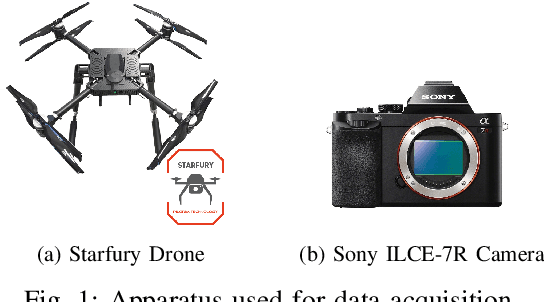
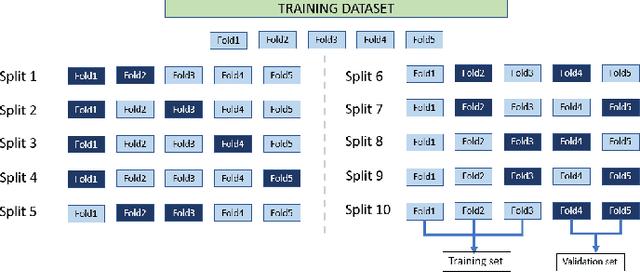
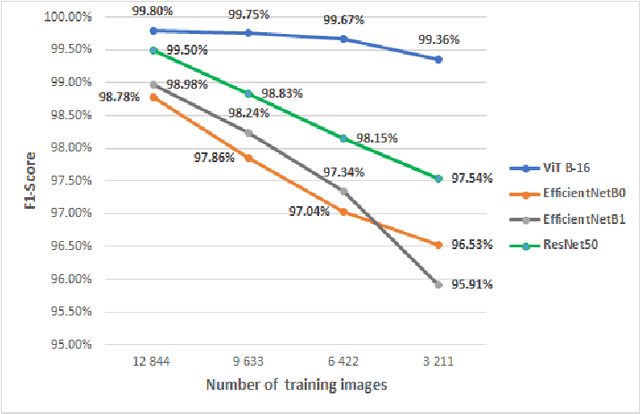
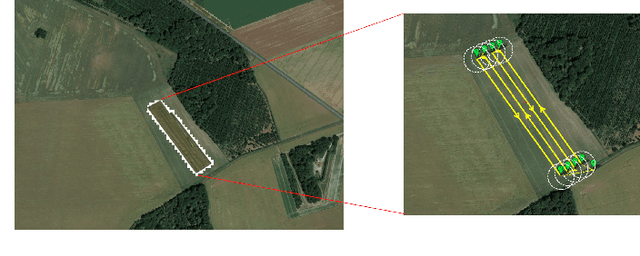
Abstract:Crop and weed monitoring is an important challenge for agriculture and food production nowadays. Thanks to recent advances in data acquisition and computation technologies, agriculture is evolving to a more smart and precision farming to meet with the high yield and high quality crop production. Classification and recognition in Unmanned Aerial Vehicles (UAV) images are important phases for crop monitoring. Advances in deep learning models relying on Convolutional Neural Network (CNN) have achieved high performances in image classification in the agricultural domain. Despite the success of this architecture, CNN still faces many challenges such as high computation cost, the need of large labelled datasets, ... Natural language processing's transformer architecture can be an alternative approach to deal with CNN's limitations. Making use of the self-attention paradigm, Vision Transformer (ViT) models can achieve competitive or better results without applying any convolution operations. In this paper, we adopt the self-attention mechanism via the ViT models for plant classification of weeds and crops: red beet, off-type beet (green leaves), parsley and spinach. Our experiments show that with small set of labelled training data, ViT models perform better compared to state-of-the-art CNN-based models EfficientNet and ResNet, with a top accuracy of 99.8\% achieved by the ViT model.
 Add to Chrome
Add to Chrome Add to Firefox
Add to Firefox Add to Edge
Add to Edge